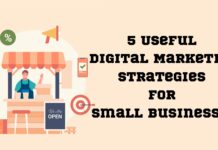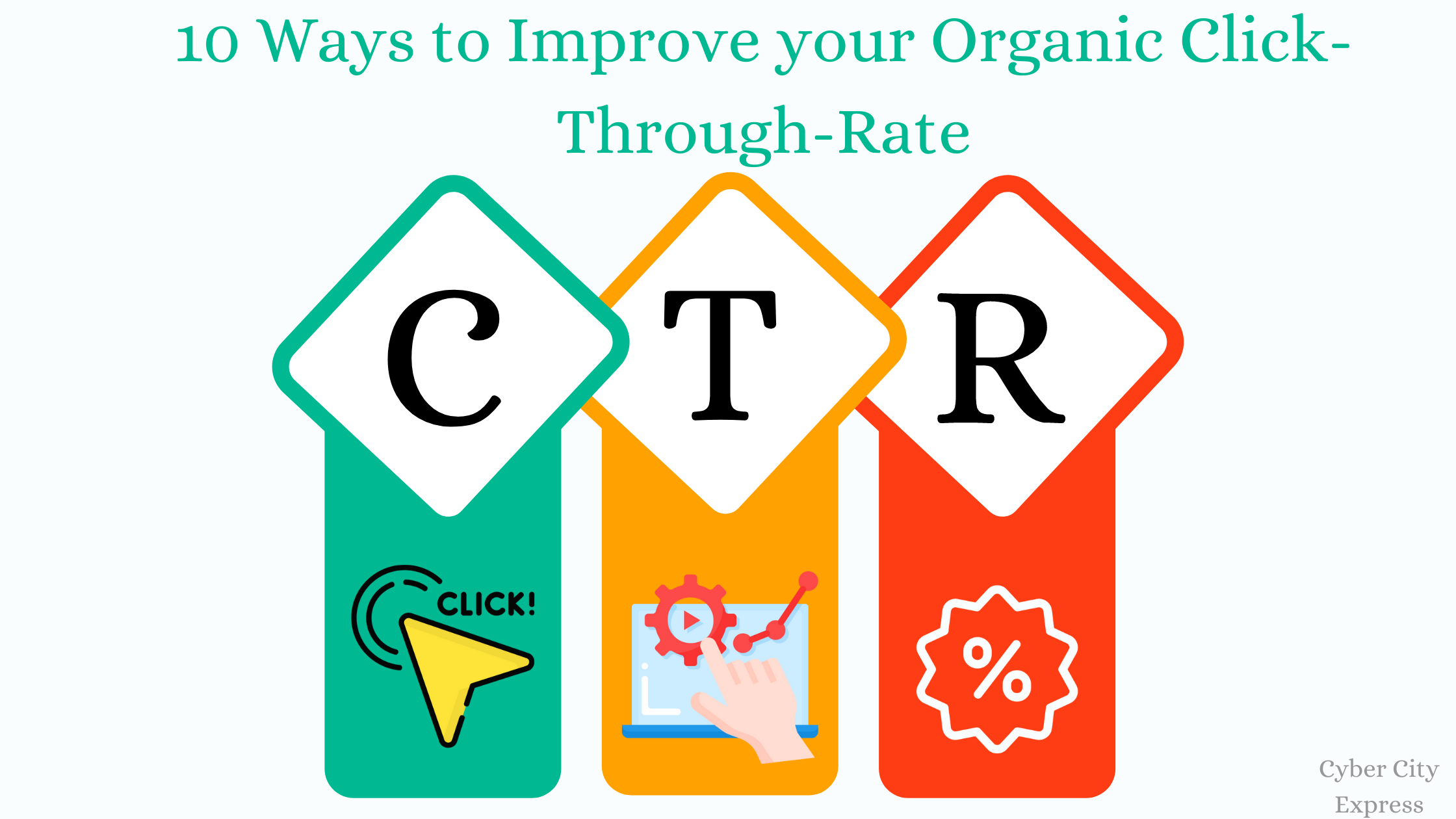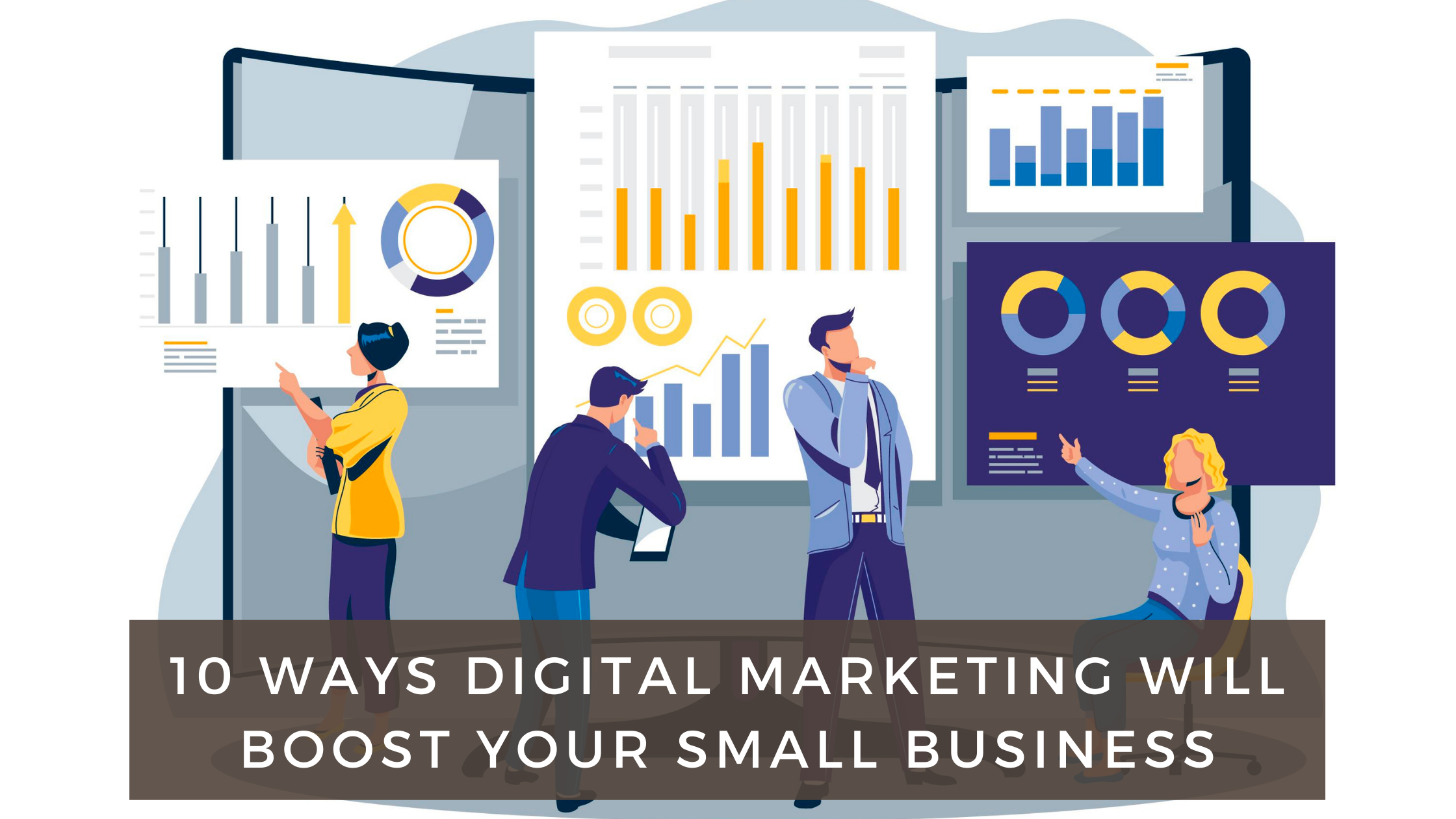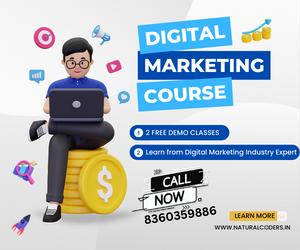The end goal of any digital marketing campaign is to increase Conversion Rate (CRO) and boost sales. Having traffic on your website is a prerequisite to attaining these goals, however, it is not the end goal.
It is not enough to just generate clicks and views because ultimately you will only profit through achieving successful conversions.
What’s a Good Conversion Rate?
There is not a quantifiable or fixed answer to this question. A good conversion rate varies depending on different factors like your website’s niche and domain. It is also dependent on the source of traffic, customer base, and website content. According to a survey by WordStream, a good conversion rate can be approximated to be around 2% to 5%. Again, this is just an average rate and there are websites that achieve a much higher conversion rate.
A good thumb rule to follow when trying to ascertain if your conversion rate is doing well is to check if it’s more than what it was last month. As the famous quote goes, your most fierce competition is yourself.
Now that we have established why it is important to have a good conversion rate, let us look at some ways that will help you boost conversions on your website!
How to Increase Conversion Rate on Your Website
1. Use Effective Headlines
A headline is how a reader decides whether your content is worth engaging in or not. It is like the first impression of your sales pitch. You have to convey the main theme of your page in that one line to gain the customer’s curiosity and interest.
Some tried and tested methods for writing a good headline are as follows:
- Stimulate the curiosity of the reader
- Answer a query that will help your audience
- Describe what problem the article will solve
- Be instructional
Some headlines that do the best in regards to conversion rates are Command Headlines:
- Direct Headlines
- Question Headlines
- Problem Solving Headlines
- Instructional & How-to Headlines
Don’t be hasty while choosing your headline. A bad headline can make all your SEO and marketing efforts go down the drain. Even the placement of your headlines plays a role so don’t put headlines in obscure places that the reader might not read properly.
Small adjustments to your headlines can go a long way in increasing conversion rates to your website. Since so many things ride on your headline, discuss and research thoroughly! You should perform regular analysis of your headlines to see what kind of headlines are performing the best and what are not performing good. You can then make changes accordingly. When brainstorming ideas about a catchy and unique headline, put yourself in your audience’s shoes and think like someone with the same knowledge and interests as them. If your specialisation is sustainable fashion, your target audience will probably already be aware of the need for green fashion and thus a headline on why you should make sustainable fashion choices will not be interesting to them.
Some more helpful information about Headlines as researched by the Content Marketing Institute is as follows:
- Headlines with eight words are the best performers. These headlines acquired a 21% higher click-through rate than others.
- Headlines that used a colon or hyphen in the title (subtitles) achieved 9% better conversion rates than headlines without colons.
- Headlines including odd numbers had a 20% higher click-through rate as compared to headlines with even numbers!
2. Strategic CTA’s (Button, Popups, Pricing Tables)
What is the motive behind creating a landing page? A landing page is supposed to earn something from your audience. The acquisition can be anything from lead generation to creating email subscribers, collecting contact details or obviously, sales.
A CTA gives your audience a purpose and along with it, a clear set of instructions to follow. By using a CTA you can achieve your goal by leading your visitors to behave in a precise manner. Thus, be strategic with CTA’s if you wish to increase your conversion rates. When it comes to placement of CTAs, according to research from Google, the best place is right above the fold. The user experience on mobile devices also needs to be considered.
Popular website Hubspot witnessed that their anchor text CTA was responsible for the highest number of leads on a particular post. According to their analysis, about 47% and 93% of a post’s leads came through the anchor text CTA only.
Some conversion rates for specific CTA spots as researched by Grow & Convert are:
- Sidebar: 0.5 – 1.5%
- Generic, end-of-post: 0.5 – 1.5%
- Pop-ups: 1 – 8%
- Sliders and bars: 1 – 5%
- Welcome gates: 10 – 25%
- Feature box: 3 – 9%
- Navbar: varies
CTA’s are not one size fits all. They come in different styles and depending on your goals, you can choose which one to use. Some popular CTAs are Pop-Ups, Buttons, In-line Anchor Text, Pricing Tables, etc.
- Popups: While Popups can be a hindrance to user experience, they still work. The popups are designed to engage the audience through social awareness, subscriber acquisition, and promoting discounts and upcoming offers.
Note: Google Chrome doesn’t allow popups on mobile devices. - Buttons: Another effective CTAs are buttons. How many times have you clicked on the “Buy Now” button on a website? You can customize buttons for your landing pages. The colour, style, text, etc play an important role in conversion rates.
- Pricing Table: These CTA’s are informative and allow you to advertise a specific service in comparison to others. It also gives the user detailed information regarding the packages offered by you.
3. Simplistic Navigation
Nobody likes to open a website and find themselves having to strain their brain just to find the homepage. There is nothing more frustrating as a user when you are interested in a product or service but the user interface prevents you from finding out more/or making the purchase. As a marketer, you don’t want that to happen either.
A simple and clean navigational experience is the best according to user consensus. The simpler a website is, the easier it is for users to navigate through it. You should also consider whether it is beneficial or not to include landing pages. Follow these tips to enhance your conversion rates by improving your navigation experience:
- Use inbound links to grow traffic to landing pages.
- Design unique specialized custom menus that include easy to use navigation terms.
- Use popular links in the sidebar to lead traffic to your desired pages.
- Use CTA’s like directional arrows and text to make your leads take action.
4. Page Load Speed
We live in a society that is accustomed to instant gratification. Nobody wants to wait more than a few seconds for your website to load.
This is why page load speed plays a considerable role in conversion rates. Most users reported that they would backtrack if the website took too long to load. If the users don’t even stay on the website, how will they make effective conversions?
So, make sure your website loads fast and is optimized for mobile devices as well. Page load speed is so important that when Mozilla improved page speed by 2.2 seconds, the number of Firefox downloads increased by 15%!
A delay of even 1 second in loading time can mean losses worth over 1 Billion for E-Commerce websites like Amazon and Flipkart. According to data collected by Kissmetrics, every 1-second delay in page loading time results in a 7% drop in conversions.
If your website is hosted on WordPress, switching to a fast WordPress host can make a significant difference in loading time.
5. Shorten your forms
This is as simple as it sounds! When you’re a user browsing a website, you may be interested in a subscription. However, if you’re given a lengthy form to fill out in order to register for it, your interest might fizzle out before you have even finished completing the form.
You should always think about the user’s convenience more than yours. While collecting data is important, retaining your audience’s attention is more so. By pruning out your forms, you’ll eliminate any mistrust or hesitation amongst your audience.
6. Include social proof
When making a purchase, users trust other users like themselves more than they trust the seller. This is obvious since other users are in the same boat as they are. In fact, approximately 89% of consumers check online reviews before going ahead with a purchase. According to the Canvas8 study, 49% of buyers deem positive reviews influential in their ultimate purchase decision. Your online persona and brand reputation play a huge role in the conversion rates recorded by your website.
Since social credibility is so vital to making sales and meaningful conversions, you should not neglect the importance of reviews, testimonials, photos, etc on your products.
Whether you want to add the reviews and testimonials directly on your page or link to Yelp or other directory pages is your personal choice. However, it is more convenient for the user if they can find the reviews and products all in one concise space.
You should highlight positive reviews and make sure that the general idea that a user gets on seeing your page is that your products are reliable and customer-backed.
7. Track how people interact with your site.
As a digital marketer, you need to know your audience so well that you can understand their needs and wants. Keep an eye on how users are interacting with your content in order to make suitable tweaks and changes to enhance conversion rates.
Some questions that you may want to ask yourselves are as follows:
- Where are visitors stumbling?
- What pages report the lowest click rates?
The answer is website analysis tools! With the help of these tools, you will be able to see screen recordings of user interaction on your website. You can analyze what they click on, what offers they skip over, when do they quit filling out a form, etc.
Further, these tools can provide heat maps of your site! Heat maps allow you to single out best performing elements on your website. Some helpful analysis tools are Crazy Egg or HubSpot’s website grader. With the help of these tools, you can also calculate your conversion rate!
8. Test your offers
In case you’ve followed all the above steps and you’re still somehow not seeing your desired conversion rates, it’s time to analyze your content offers.
Your content offers should be in line with your content strategy and highlight what you want to be selling. Content offers that receive the highest conversion rates are aligned with audience interest and are relevant to the landing page, creative and engaging.
Make your offers unique and useful to the audience. For example, these days, everybody is offering free trials. You can stand out by offering free tools, etc. Moreover, customers have become aware that these trials come with strings attached. Consequential and persuasive offers perform better than generic offers.
9. Conduct A/B testing
What is A/B testing? It is a testing method that compares variations A and B with randomized experiments and conditions.
Sometimes, you need to implement A/B testing to find out what is working and what’s not.
You can experiment with types of headlines, colours, layouts, and CTAs to find out what appeals to your audience. There is no creative limit to what you can do with your experiments. However, don’t forget that your end objective while performing tests is to optimize your website content to increase your conversion rates.
For instance, if you want to shift to a new colour theme for your blog, you can check which colour is performing compared to the other by doing A/B testing for both.
10. Verified Payment Systems, Trust Symbols, and Free Shipping
Gaining the trust of your customers can go a long way in helping you improve conversions. Building rapport with the audience is a tried and tested way of increasing sales.
You can gain the trust of your customers just by making small changes to your website. Including verification tags and images of payment systems is one way you can make your customers feel safe while making payments.
Shipping prices and details also play a significant role in affecting conversions. According to a survey conducted by Forrester, the number one reason behind an abandoned cart is high shipping or handling costs. Shipping can have a huge effect on your conversation rates as well. With so much competition from giants like Amazon offering free shipping, if a website has very high shipping costs, the users will turn to other resources.
11. Optimize for Mobile
After Google adopted the mobile-first indexing model, emphasis on mobile optimization is absolutely paramount. Even if your website has a very good page on Desktop, if it’s not optimized for mobile, your conversions will suffer the repercussions.
So How can you optimize your website for mobile?
You can begin with testing your website’s mobile-friendliness on Google’s mobile testing tool. Google Mobile testing tool, provides suggestions on how to go about enhancing your site’s mobile performance.
Sometimes, little tweaks like increasing font size can do the trick. While other times, you may need to make more drastic changes like compressing images or optimizing speed on mobile devices.
12. Quality Content
After all, is set and done, everything boils down to one thing – quality content. Quality content is the pillar that your brand needs to stand on. No matter what your objective is, your highest priority should be useful to the user. Even if you wish to hit your sales target for the month, you can’t just fill your page with pop-ups and promotional content as that negatively impacts user experience.
Always aim to educate your readers regarding your products and their usefulness through gripping stories, practical advice, and verification. Always include executable CTAs and tell your users what to do clearly and succinctly as some users may be navigating your website for the first time.
Utilising strategic content marketing can increase your conversion rates by nearly six times more than your competitors.
The reason why Quality and unique content is absolute is that it improves user experience. And as we know, Google cares a lot about user experience so automatically good quality content is ranked better. You should research and read multiple perspectives on a topic but in the end, make it your own. Be authentic, real and influential.
13. Create abandoned cart email campaigns
Sometimes, a user will add items to their cart but not check out. There can be many reasons for this. Maybe they want o save the product to buy it at a later time. Maybe they’re waiting to see if there will be any discounts in the future. Or maybe they have not yet made up their mind completely.
Since these customers are already on your website and have interacted with your content you should not miss out on the potential conversions. Set up an Abdondoned Cart Email Campaign so that when someone abandons their cart, they receive an email reminder.
When you email users with reminders, you can consider including some discount or offer with it. This makes the users feel like you care about them and if they are getting a better feal than before, they will be much more ready to make the purchase.
If you haven’t set up an abandoned cart email campaign yet, you’re missing out on significant conversions.
Conclusion
Improving Conversion Rate is a never-ending cycle. Ultimately, you need to focus on doing better conversion wise than your previous records. There is no one-trick formula to increasing conversion but if you follow the mentioned steps above, you should be on par with the top competitors. The most important thing to keep in mind is your customer’s needs and requirements. Think about how your customers think and constantly keep on experimenting with new ideas and analysing them.








